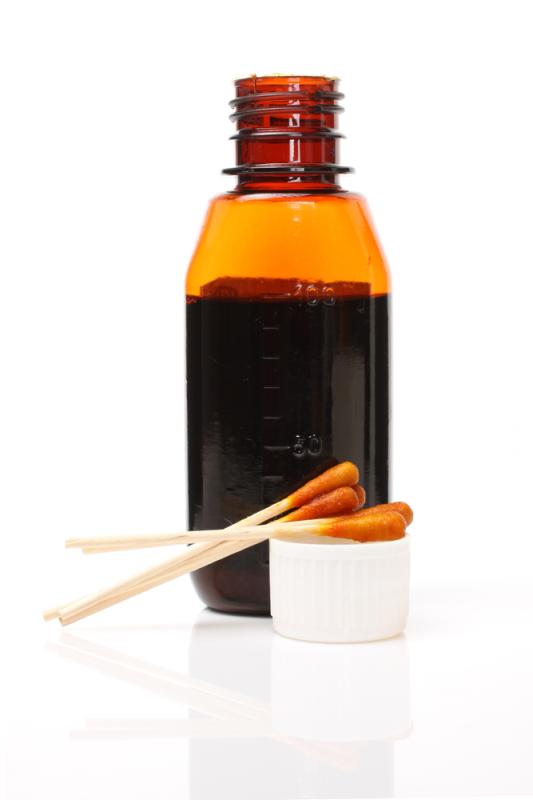
The use of povidone iodine (PI) is more effective than chlorhexidine gluconate (CHG) at reducing vaginal bacterial colony counts in pregnancy and appears to be a superior vaginal antiseptic for decreasing postpartum infections, according to a study presented at the 2020 Annual Meeting of the Society for Maternal-Fetal Medicine (SMFM 2020).
In this prospective randomized trial, the investigators enrolled women who were undergoing caesarean delivery at ≥34 weeks gestation. Participants were randomly assigned to receive 0.5% CHG, 10% PI or saline vaginal preparation. Women in labour or those with ruptured membranes, chorioamnionitis, abnormal placentation, recent antibiotic exposure or allergy to study agents were not included.
The investigators collected sterile vaginal cultures in the operating room immediately prior and 5–10 minutes following vaginal cleansing with three sponge sticks. These specimens went through serial dilutions and incubation on Tryptic Soy Agar for 7 days.
Blinded investigators assessed the postintervention aerobic and anaerobic bacterial colony counts, the primary outcome. Two-way ANOVA with simple-effects analysis and Tukey’s post-test were utilized for multiple group comparisons. Secondary outcomes were adverse events and maternal infections.
Of the 29 women who consented to the trial, 10, nine and 10 underwent CHG, PI and saline vaginal preparation, respectively, prior to caesarean delivery. Participants in these groups had comparable maternal age, race, ethnicity, body mass index, parity, gestational age at delivery and group B streptococcus (GBS) status. [SMFM 2020, abstract 47]
Vaginal preparation with PI was better at reducing aerobic and anaerobic bacteria colony counts preparation with CHG and saline. No differences were noted in baseline colony counts. PI resulted in the elimination of “over 99.9 percent of bacteria.” On the other hand, CHG and saline eliminated over 99 percent and 95 percent, respectively.
All agents were effective at reducing both aerobic and anaerobic bacteria. However, CHG performed no better than saline in decreasing anaerobic bacteria. In addition, no adverse effects or postpartum infections were reported.
‘Precaesarean vaginal preparation significantly reduces postpartum infections,” according to the investigators. “While PI is the most commonly used vaginal antiseptic, evidence suggests that CHG is more effective.” The results of this study proved otherwise.
In a previous systematic review, Haas and colleagues reported that vaginal preparation with PI prior to caesarean delivery reduced the risk of postoperative endometritis, with the benefit being more pronounced among women undergoing caesarean delivery, who were already in labour or had ruptured membranes. [Cochrane Database Syst Rev 2014;12:CD007892]
In their more recent study, Haas and colleagues suggested that vaginal preparation with PI or CHG compared to saline or not cleansing immediately prior to caesarean delivery could lower the risk of postoperative endometritis. [Cochrane Database Syst Rev 2018;7:CD007892]
“As a simple, generally inexpensive intervention, providers should consider implementing preoperative vaginal cleansing with PI before performing caesarean deliveries,” the researchers said.